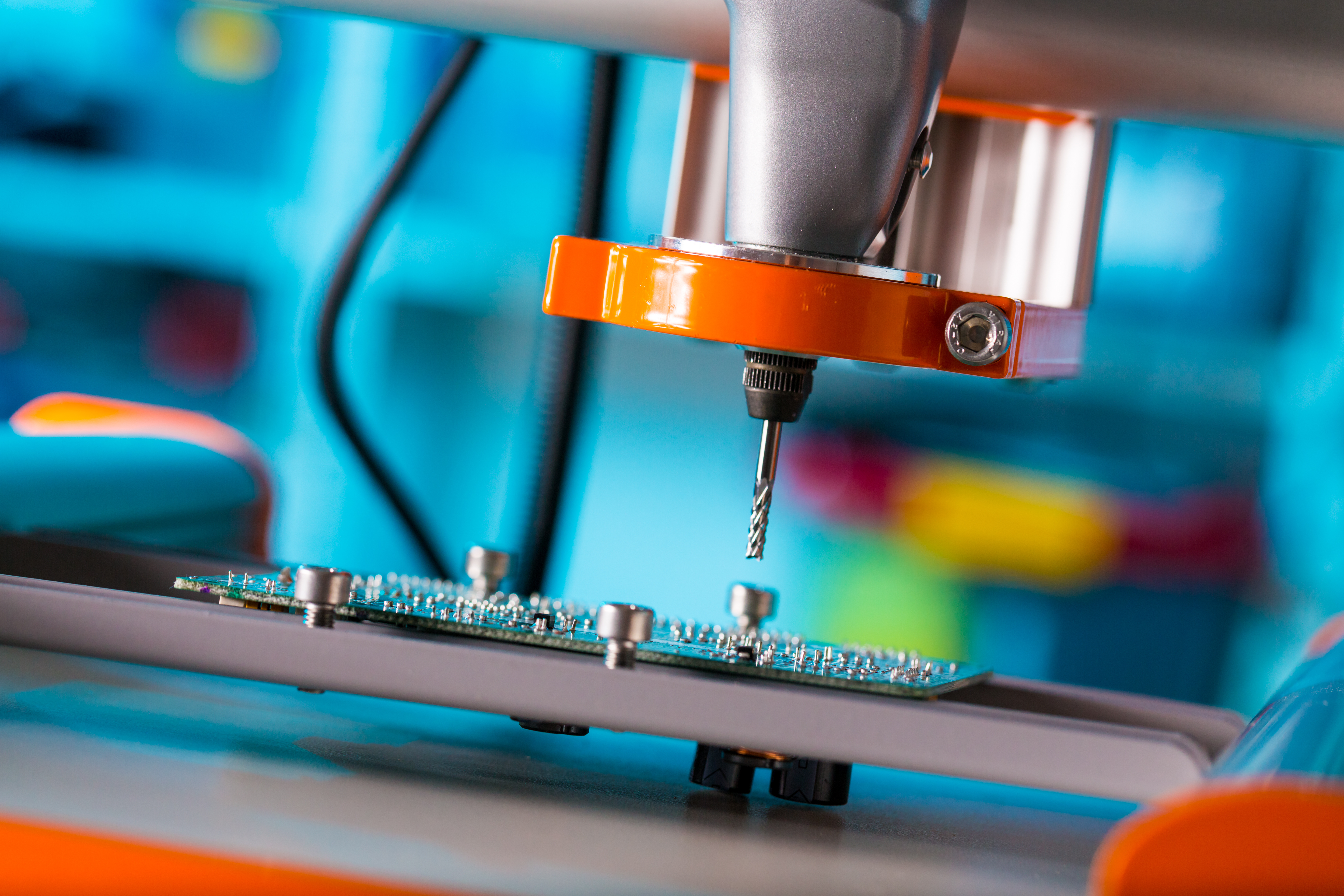As the equipment manufacturing industry continues to evolve, staying ahead of emerging trends is essential for companies to navigate challenges and leverage opportunities. The industry is poised for significant transformation in 2025, driven by advancements in technology, workforce shifts, and regulatory changes.
According to the Association of Equipment Manufacturers (AEM), here are the five key trends that equipment manufacturers should focus on in the coming year.
1. Addressing the Evolving Manufacturing Workforce
One of the most pressing challenges facing the equipment manufacturing sector is a growing skills gap. Many experienced workers are retiring, and the younger generation lacks the technical expertise required to fill these roles. To mitigate this issue, companies must prioritize upskilling and reskilling initiatives, incorporating training programs that equip workers with the technical skills necessary to operate advanced machinery.
Additionally, automation and artificial intelligence (AI) are emerging as crucial tools in addressing workforce shortages. By automating repetitive tasks, manufacturers can allow human workers to focus on higher-level activities that require problem-solving and strategic thinking. Investing in continuous learning and fostering partnerships with educational institutions will be critical for ensuring a future-ready workforce. AI and automation are not just supplementing the workforce—they are reshaping job roles and creating new opportunities for skilled professionals in the sector.
2. Interoperability in Agriculture Equipment
As agriculture continues to evolve, manufacturers are recognizing the importance of interoperability in agricultural equipment. With the rise of connected technology, farmers and contractors expect seamless communication between machines, platforms, and data sources. In 2025, the demand for interoperability will only intensify.
Equipment manufacturers are already making strides in this area, from physical connectivity improvements like ISOBUS and High-Speed ISOBUS to digital advancements like AgIN and Mic 4.0. As farming operations become more diversified and reliant on data, ensuring that different equipment and data platforms work together seamlessly will be a key competitive advantage. The push for greater interoperability will enhance the efficiency and functionality of agricultural machinery, allowing farmers to maximize productivity and meet the challenges of a dynamic industry.
3. Accelerating Research and Development in Construction Technology
The construction industry is experiencing rapid innovation, driven by advancements in AI, automation, and connectivity. However, as new technologies emerge, manufacturers face the challenge of navigating the regulatory landscape. Regulations often shape the direction of research and development (R&D), providing guidelines for safety, performance, and environmental standards.
While regulations are essential, they can also slow down the pace of innovation if they are unclear or incomplete. Equipment manufacturers need to engage actively with regulatory bodies to ensure that they are staying up to date on the latest standards while also advocating for regulations that promote technological growth. In 2025, R&D will continue to focus on integrating cutting-edge technologies while balancing compliance with evolving safety and environmental standards.
4. Overcoming Data Collection Challenges in the Supply Chain
The collection and management of data throughout the supply chain are becoming increasingly complex as regulatory requirements evolve. Equipment manufacturers must contend with an expanding web of suppliers, often with hundreds of thousands of parts sourced from a diverse range of companies, including small businesses with limited resources.
As regulatory rules become more stringent, the need for comprehensive data collection grows. Manufacturers face challenges in obtaining accurate data from their supply chains, especially when international suppliers are not subject to the same regulations. Additionally, some suppliers may be reluctant to share sensitive information that could impact their competitive edge. For the equipment manufacturing industry to stay compliant, it will be crucial to raise awareness of these new rules and work collaboratively with suppliers to ensure data transparency and compliance.
5. Regulatory Efforts Ramp Up in Canada
The Canadian equipment manufacturing industry is poised for significant regulatory changes in 2025. With the sector contributing $17.2 billion to Canada's GDP and supporting over 150,000 jobs, manufacturers need to stay engaged with evolving legislation and regulatory frameworks.
AEM's advocacy initiatives in Canada aim to ensure that the industry’s voice is heard on critical issues such as trade, workforce development, and infrastructure. As manufacturers navigate these regulatory shifts, they will need to adapt their strategies to remain competitive while meeting the expectations of government officials, stakeholders, and civil society groups.
By actively participating in these discussions, manufacturers can help shape policies that promote growth, investment, and job creation in the Canadian market.


























